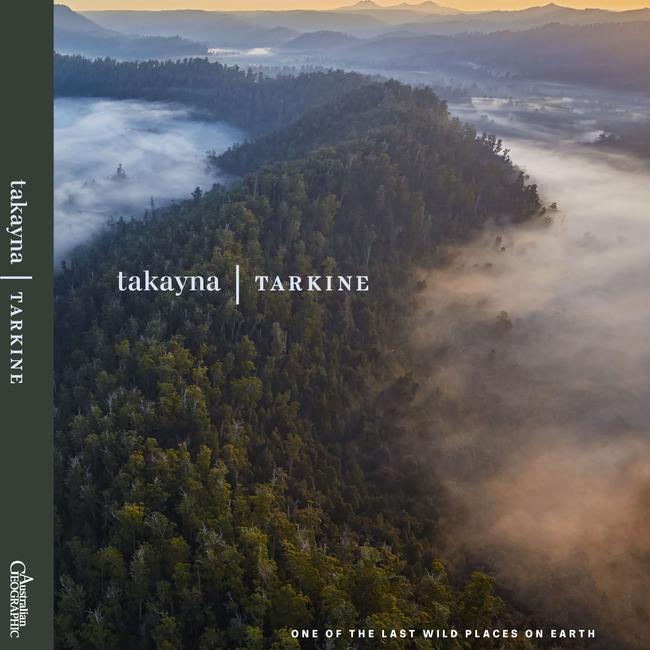How to plant a flower garden
Bunches of blooming flowers bring a kind of unbridled joy to life, but how do you get started, especially in Australian conditions? This beautiful new project by two local authors has the answers.
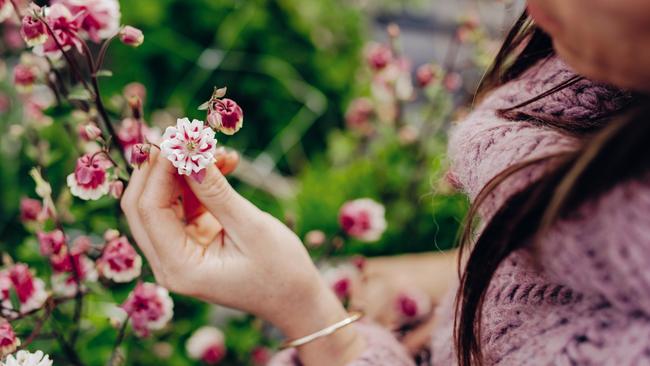
Flowers make you happy. And picking flowers from your own garden is a special joy. To help make this more achievable, even in unpredictable conditions, Rebecca Starling and Christine McCabe have written Secrets From the Flower Farm (Thames & Hudson, $60). The book arose when Starling, an English and US-trained farmer and florist, and McCabe, an expert gardener and garden writer, were running workshops around growing cut flowers. “We realised there was nothing in the market suited to Australian growers,” says McCabe.
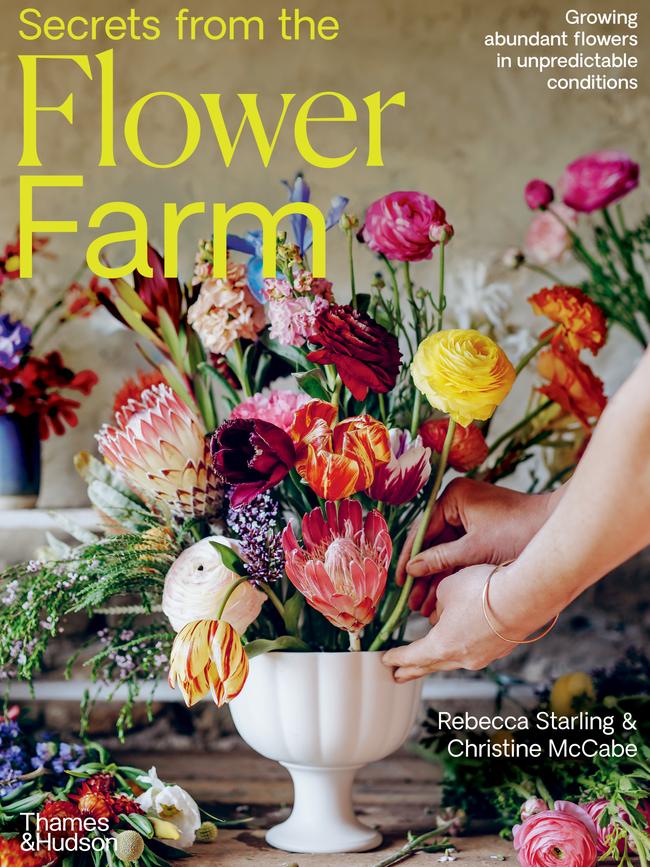
Starling is based on South Australia’s Limestone Coast, a place with dry summers, poor soils and unrelenting winds, yet her farm produces bountiful cut flowers across all seasons, using natural growing methods. As well as practical information on how to start and manage your cutting garden, the book shares tips for creating beautiful bouquets. For each season, there are chapters on secrets to success and a range of flowers to grow as focal points, fillers, foliage and to add airy elements and texture. It also explores native and dried flowers.
Pretty as a picture
Whether your space is small or large, there’s plenty to inspire in Secrets From the Flower Farm.
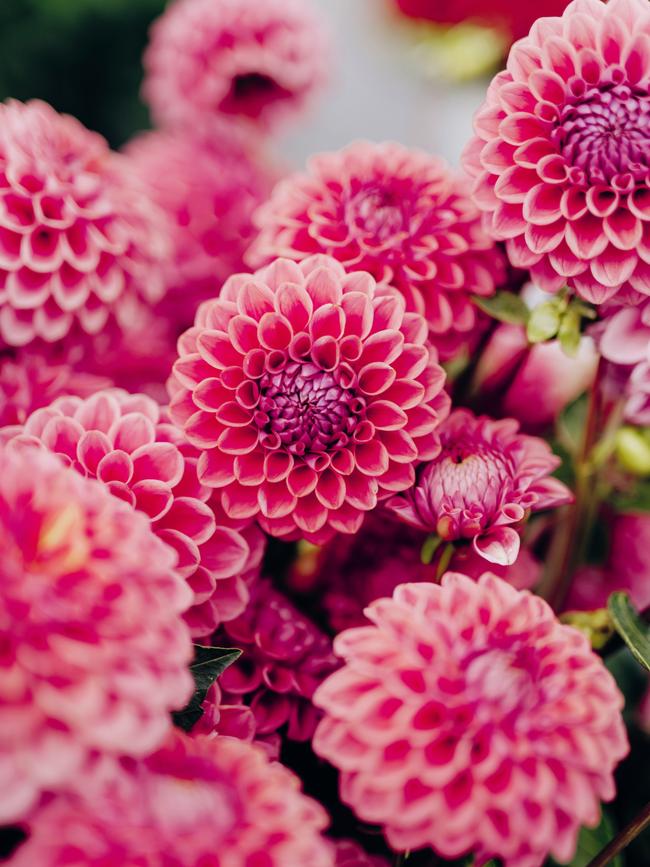
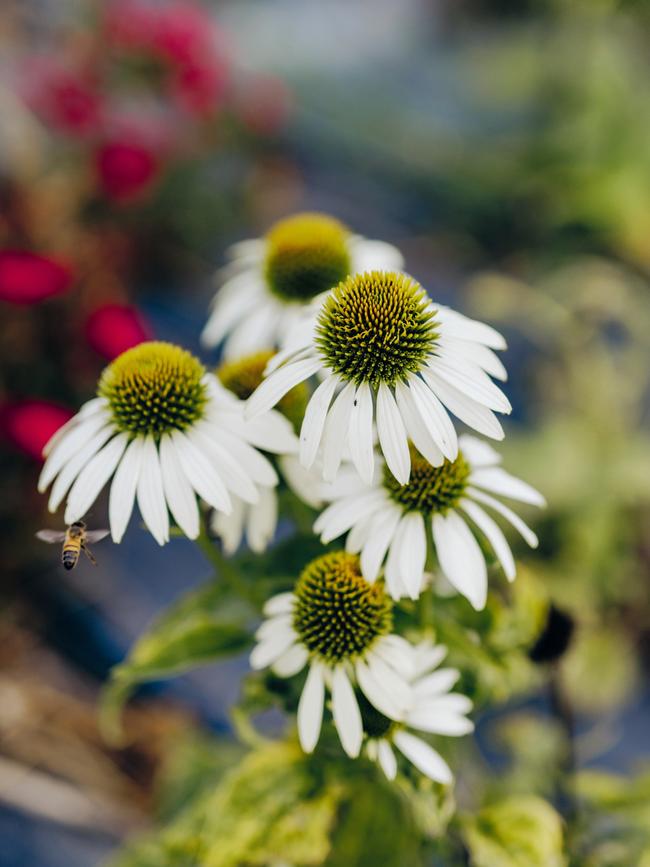
Feast your eyes on these four gorgeous varieties.
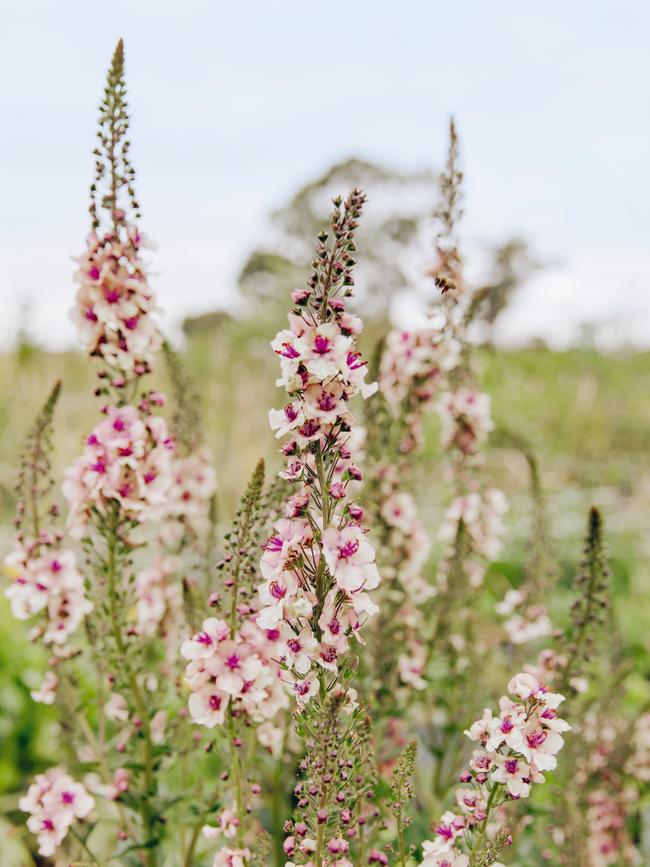
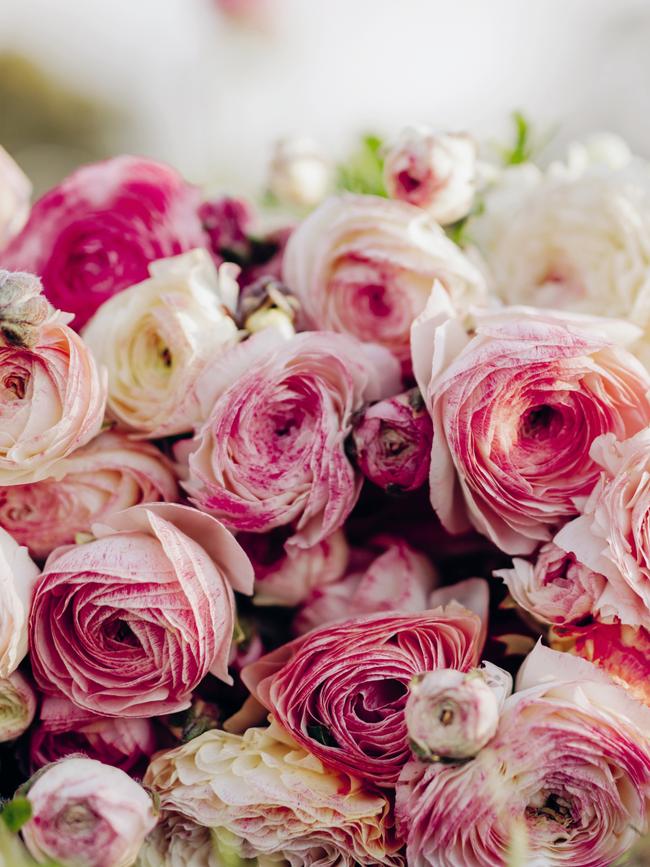
Q&A
My healthy hibiscus have zero flowers due to tiny, shiny black beetles that make the buds drop off. I don’t want to use systemic pesticides.
Andrew, Brisbane
To manage hibiscus flower beetles, pick up and destroy all fallen buds every few days. Attract and trap beetles in white or yellow containers filled with soapy water, placed beneath the shrubs (washing up liquid is fine as you’re not spraying it on the plants). Or tap the beetles off the flowers into the soapy water. Clean and replace the traps regularly. With persistence you’ll greatly reduce the infestation. Grow dark coloured hibiscus varieties as the beetles prefer lighter coloured flowers.
My friend makes biochar to benefit his garden beds. Can I use leftover charred pieces from my pot belly stove in the same way?
Judith, by email
Biochar is made by pyrolysis, requiring high temperatures and minimal oxygen. The resulting charcoal is very light, “tinkly” and snaps easily. It’s different to burning wood by combustion that leaves ash. If you burn wood overnight with the stove vent almost closed you can get close to suitable charcoal, but ideally use lidded metal containers. You’ll find online tutorials for making biochar this way in a wood stove. To improve soil, pulverise the pieces finely then inoculate by soaking in Seasol, worm juice, fish emulsion or compost tea. Or you can mix it with compost.
I’ve been nurturing a pride of Madeira (Echium candicans) in a large pot for two years. This year it tried to bloom with a few tiny flowers but most died off.
Wendy Black, Copacabana, NSW
This plant has spectacular, bee-attracting flower spikes but it’s a large plant that needs room and root space. A pot might be too constricting. It also needs to be in open sun all day to bloom well and dislikes wet feet and humidity. Its usual lifespan is three or so years.
Send your questions to: helenyoungtwig@gmail.com. The best question for February will win two copies of takanya/Tarkine: One of the Last Wild Places on Earth ($75 each) from Australian Geographic. December/January’s three winners are Richard Faure-Field, Wilson Oh and Susan Stephens.
More Coverage
